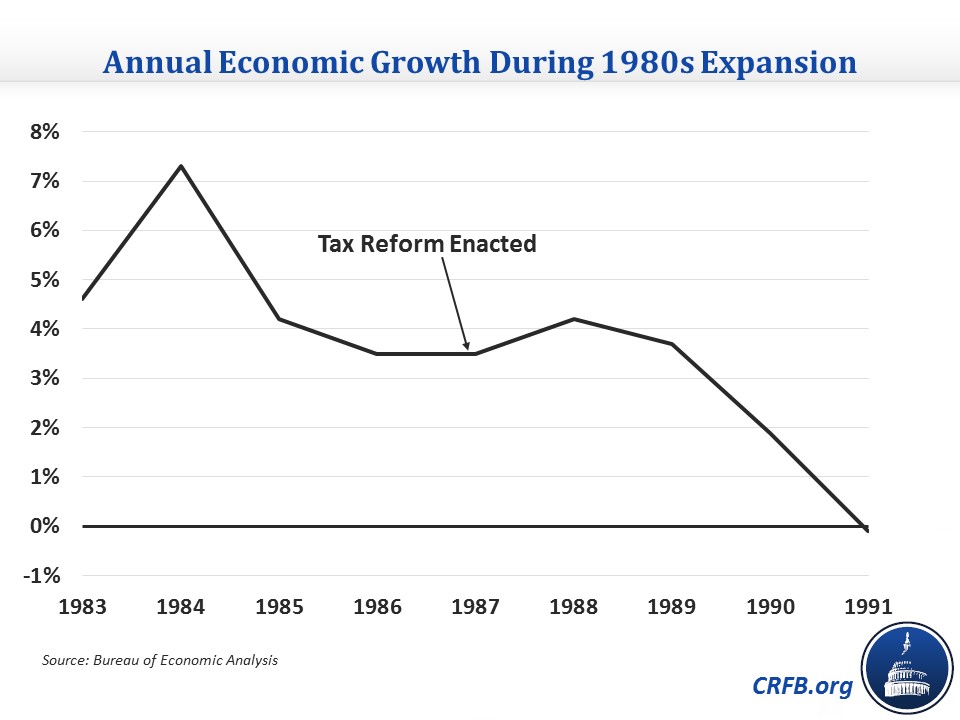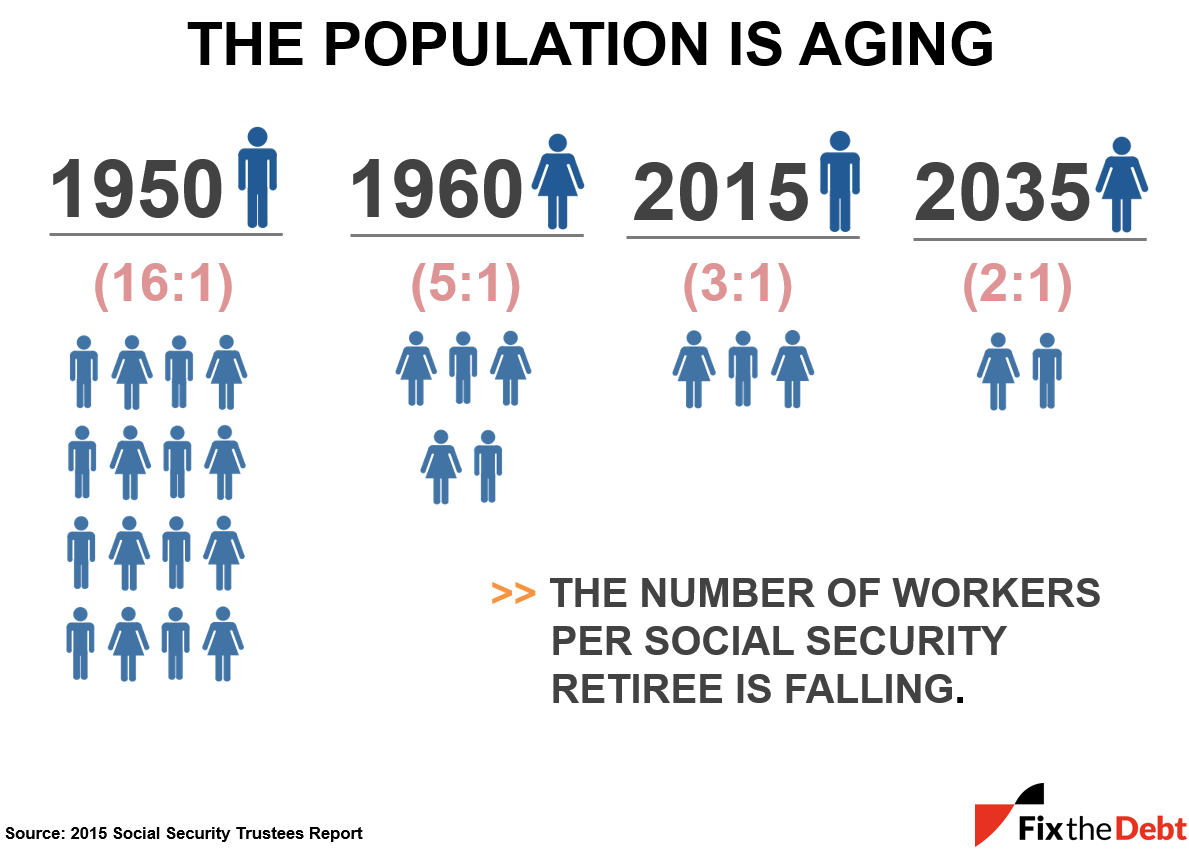Fiscal FactCheck: The Second Republican Debate
This blog is part of the “Fiscal FactCheck” series designed to examine the accuracy of budget-related statements made during the 2016 presidential campaign.
At Wednesday's Republican presidential debate in California, a number of claims were made related to the budget and fiscal policy. While only a few were related to the 16 Budget Myths to Watch Out For in the 2016 Presidential Campaign that we previously released with Fix the Debt, many others touched on important fiscal policy topics. Below is our analysis of these claims.
1. The National Debt is $19 Trillion
Quite a few candidates in last night's debate mentioned the size of the national debt, but not all were able to do so successfully, with some saying $18 trillion and some saying $19 trillion
To clarify, the U.S. gross debt as of September 15, 2015 stood at $18.15 trillion. Gross debt is a measure of all outstanding bonds, including those the government owes to itself – such as the bonds that the Social Security Trust Fund holds.
However, if we exclude the money the government owes to itself, it results in a concept called debt held by the public. This number is about $5 trillion lower, totaling approximately $13.15 trillion. Currently, debt held by the public is about 74 percent of the size of the economy, and is projected to rise to 77 percent by 2025.
2. It Would Cost Hundreds of Billions to Deport All Unauthorized Immigrants
One claim regarding illegal immigration from last night's debate focused on the cost of forcibly removing unauthorized immigrants from the United States. Several of the candidates discussed it, including Governor Jeb Bush (R-FL), who said "But to build a wall, and to deport people -- half a million a month -- would cost hundreds of billions of dollars."
During a 2007 Congressional hearing, Julie Myers, the nominee to be the Assistant Secretary of Immigration and Customs Enforcement, estimated that it would cost roughly $94 billion to deport 12 million undocumented immigrants. Although there are no solid estimates for the additional cost of building a wall, Customs and Border Protection has estimated that a fence alone would cost more than $20 billion to build, let alone maintain – and a wall would likely be much more expensive. Combined with the cost of deportation, total costs may not reach “hundreds of billions,” but would very likely exceed $100 billion.
3. When We Last Balanced the Budget, We Cut Taxes
Governor John Kasich (R-OH), who our previous Fiscal FactChecker pointed out was a key player in the 1997 balanced budget agreement, claimed last night that “the last time we balanced the federal budget… We also cut taxes.”
Indeed, the 1997 budget deal did combine spending cuts with tax cuts. It reduced mandatory spending by $425 billion over ten years, while reducing taxes by $275 billion. Among the tax cuts in the 1997 agreement were a reduction in the top capital gains rate from 28 to 20 percent, an increase in the estate tax exemption, the creation of the child tax credit, and the establishment of the HOPE credit – the predecessor to the American Opportunity Tax Credit, which helps students pay for college.
Importantly, though, this budget deal followed two budget agreements in 1990 and 1993 that raised significant tax revenue (Gov. Kasich voted against both of these). On a roughly apples-to-apples basis, the 1997 budget agreement reduced taxes by 0.6 percent of GDP, while the 1990 budget agreement increased them by 0.4 percent and the 1993 legislation increased them by 0.7 percent. Therefore, between the three major 1990s budget deals, there was a clear net increase in tax revenue.
These revenue increases, along with the booming economy, helped propel revenue to its highest level as a share of GDP since World War II – even after accounting for the tax cuts in 1997.
4. The 1986 Tax Act Led to Long Sustained Growth
In the debate, Governor Scott Walker (R-WI) claimed that "the Ronald Reagan tax cuts of 1986...brought about one of the longest sustained periods of economic growth in American history."
For starters, the Tax Reform Act of 1986 was not a tax cut, but rather revenue-neutral tax reform.
More to the point, while comprehensive tax reform has the potential to promote economic growth and increase GDP, the economy only expanded for 4 years after the 1986 reform before the economic recession of 1990, not a particularly long expansion by historical standards.

Perhaps instead Gov. Walker was referring to economic expansion of the 1990s – which lasted 10 full years and is the longest on record. Although it is possible the 1986 reform did fuel some of this expansion, there is little economic evidence we are aware of to verify this assertion. Indeed, some of the 1986 reform was undone by changes in 1990, 1993, and 1997 – such as the top rate rising from 28 percent to 39.6 percent – making it impossible to know what the impact of the 1986 reform itself would have been.
5. Social Security's Insolvency Date is 7 or 8 Years Away
During a discussion on Social Security, Gov. Chris Christie (R-NJ) said, "Harvard and Dartmouth says that Social Security's going to go insolvent in seven to eight years." He is referring to an economic study done earlier this year by Konstantin Kashin and Gary King of Harvard along with Samir Soneji of Dartmouth (there was also a related political science study). Although the study does suggest the Social Security Chief Actuary and Trustees are overly optimistic in their projections, we have not been able to identify a specific alternative projection in these studies.
The Social Security Trustees, on the other hand, project that the combined trust funds will be depleted in 2034, with a 95-percent chance this will occur between 2029 and 2046. The Congressional Budget Office (CBO), meanwhile, projects depletion by 2029, with a 95-percent chance that insolvency would occur between 2025 and 2040.* In other words, all official estimates find that the Social Security will be insolvent within 15 to 20 years – and in the worst realistic case, as soon as 10 years. This is quite close and the cost of waiting is high, but it is more than the seven to eight years Christie cites.
Bonus: The Number of Workers per Social Security Retiree is Declining
In the so-called "undercard" debate, Senator Lindsey Graham (R-SC) stated: “In 1950, there were 16 workers for every retiree. How many are there today? There’s three. In 20 years, there’s going to be two, and you’re going to have 80 million baby boomers like me retiring in mass wanting a Social Security check, and their Medicare bills paid.”
Sen. Graham was correct in using this data from the Social Security Trustees. Our friends from Fix the Debt often use this graph to illustrate that fact:

Claims We've Already Fact-Checked
A few claims came up again in this debate that we already fact checked in the first debate. Gov. Christie once again stated that 71 percent of spending is going to mandatory spending and interest on the debt, which will be true in 2017. Gov. Kasich also brought up his experience with balancing the federal budget, which we verified as true since he was the House Budget Committee Chairman during the 1997 budget deal and during the years we had surpluses in the late 1990s and early 2000s.
* * * * *
As the election season continues, we’ll continue fact checking fiscal statements by the candidates on our Fiscal FactChecker page. If you feel we left a particular claim out that should be addressed, contact us and we will do our best to run the claim through our Fiscal FactChecker.
*The 2029 insolvency date estimate is from CBO's long-term budget outlook published in June 2015, while the uncertainty estimates are from December 2014, when the insolvency date was estimated to be 2030.

